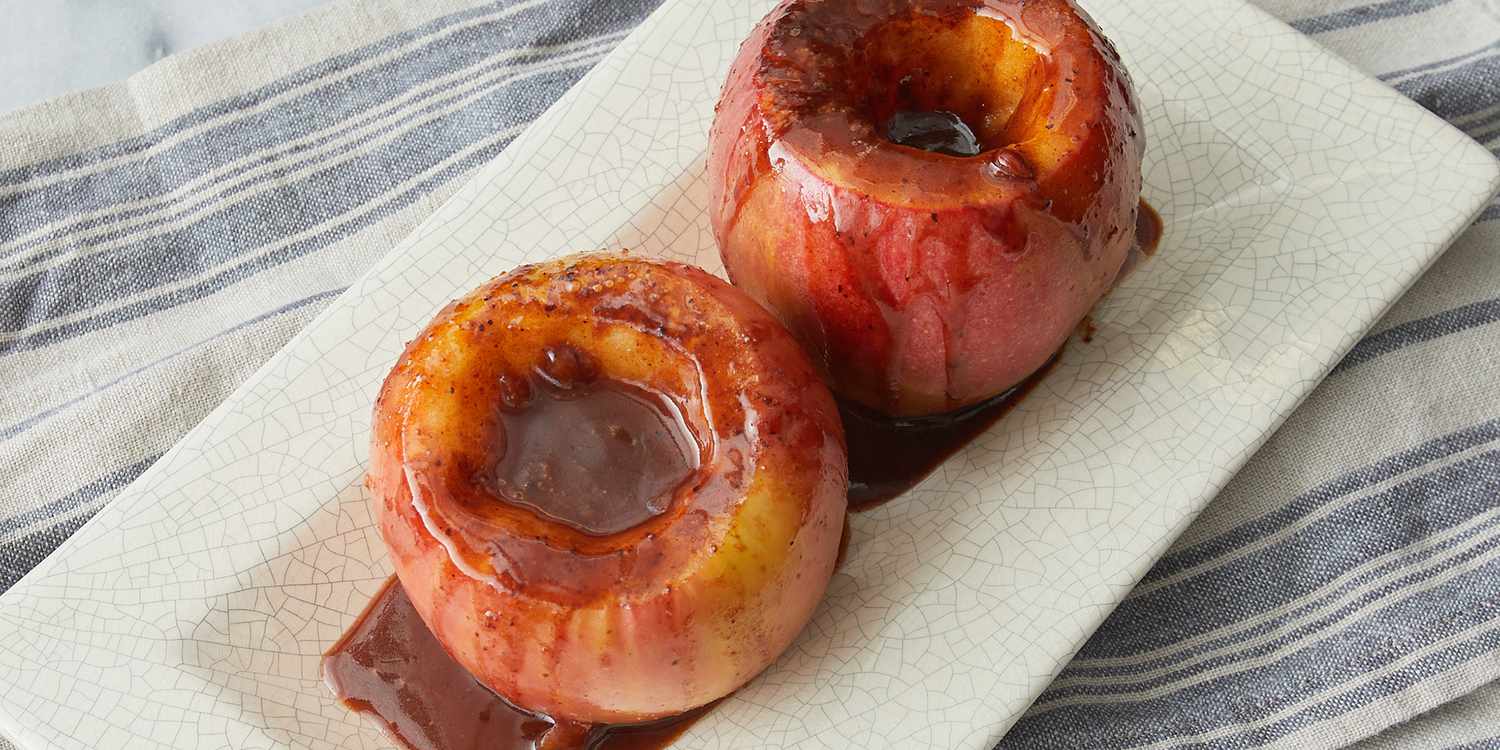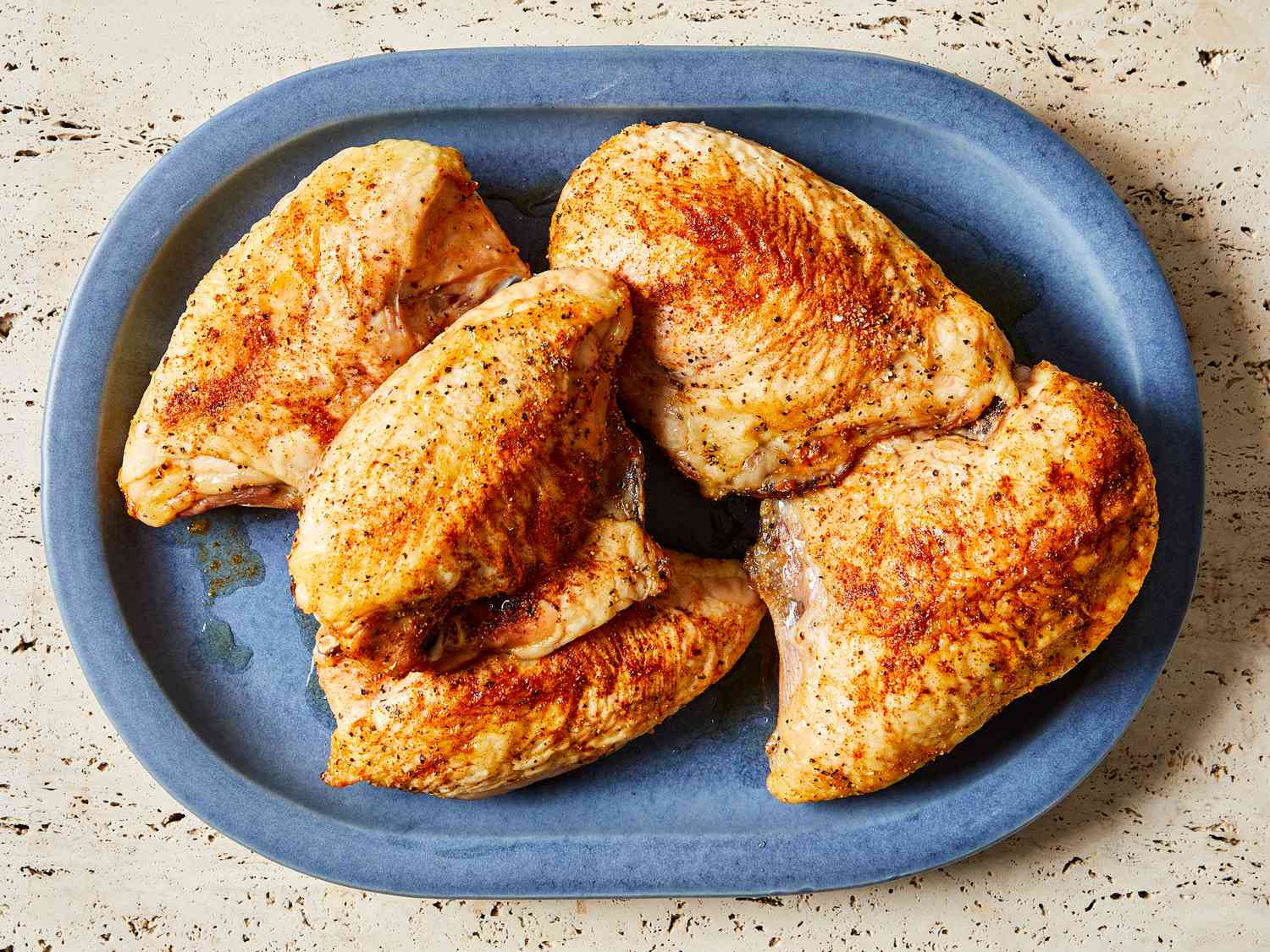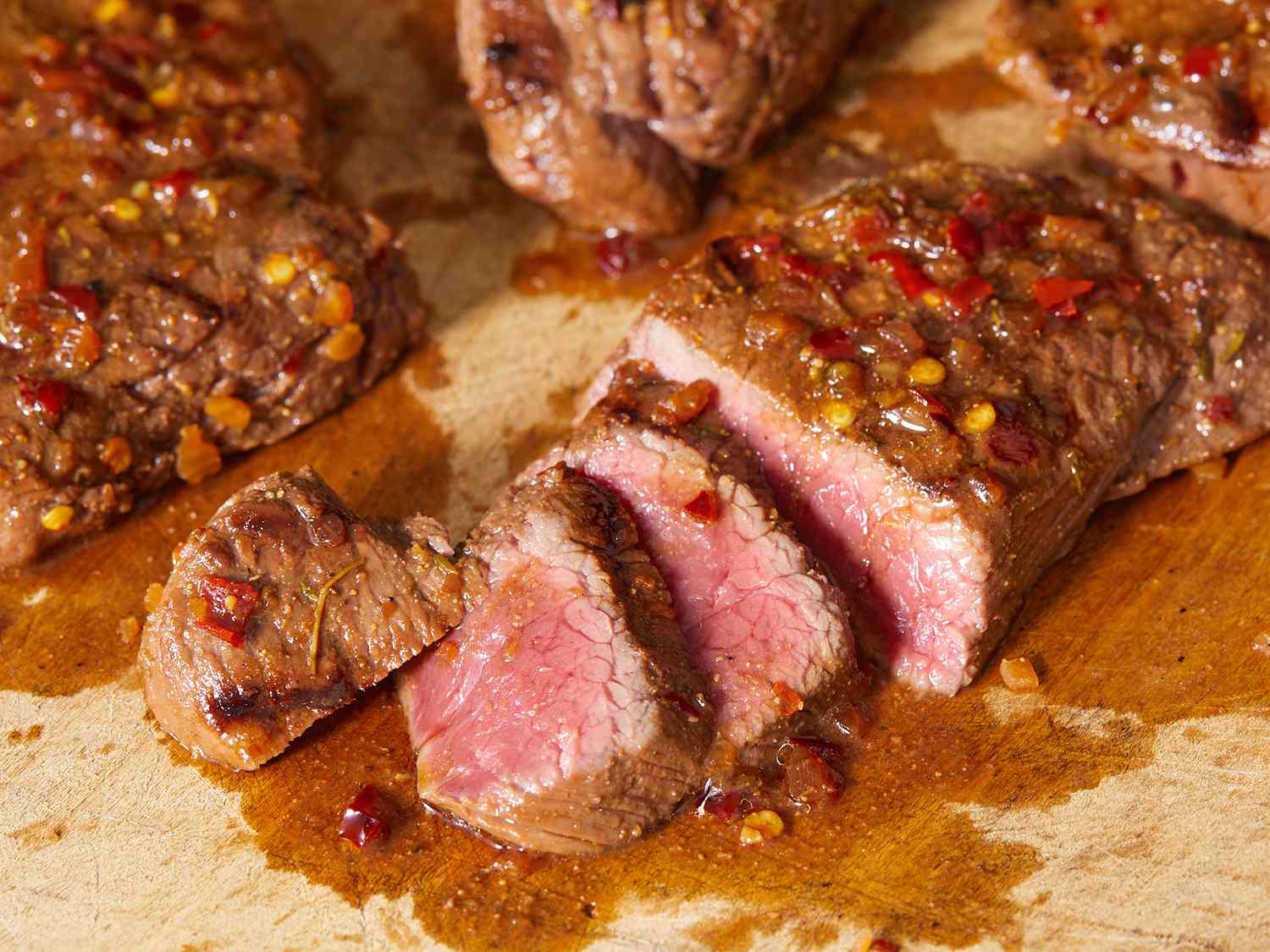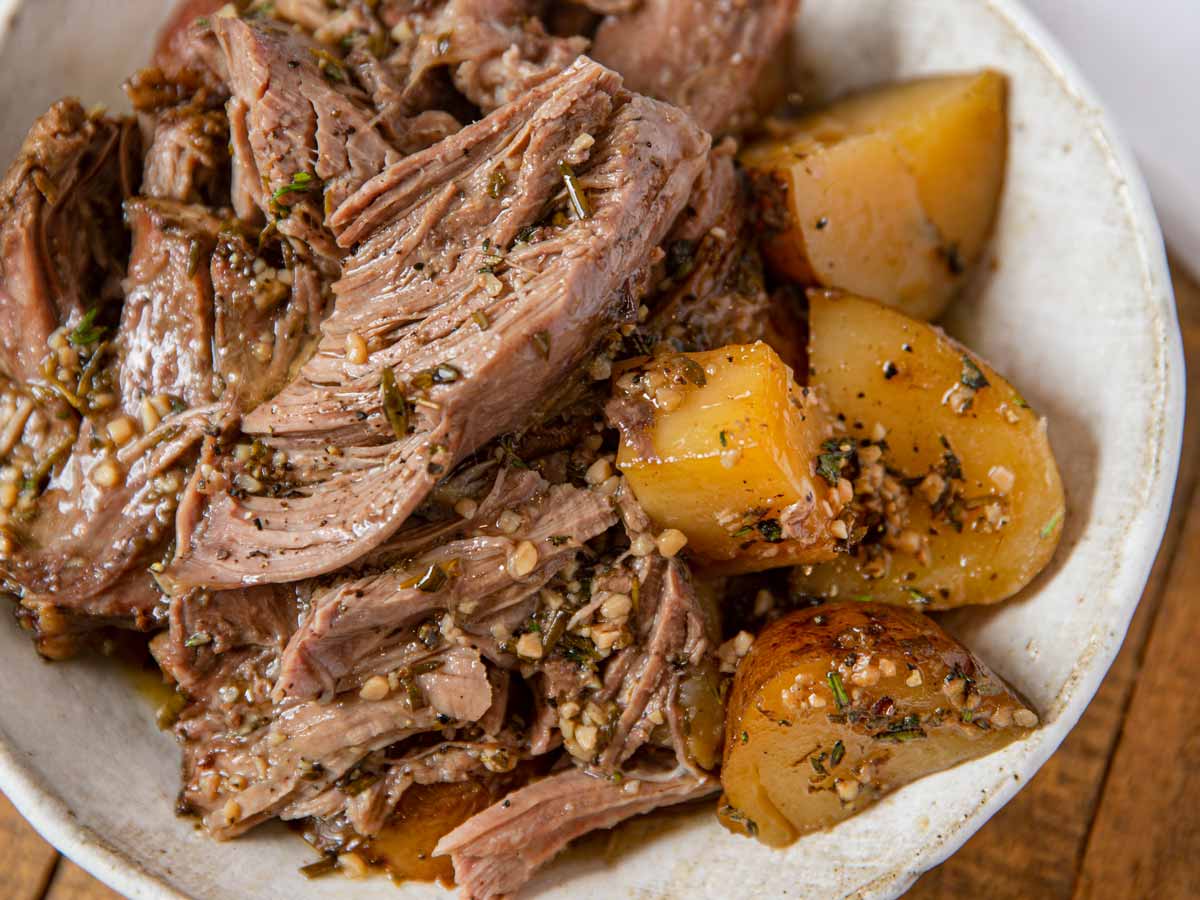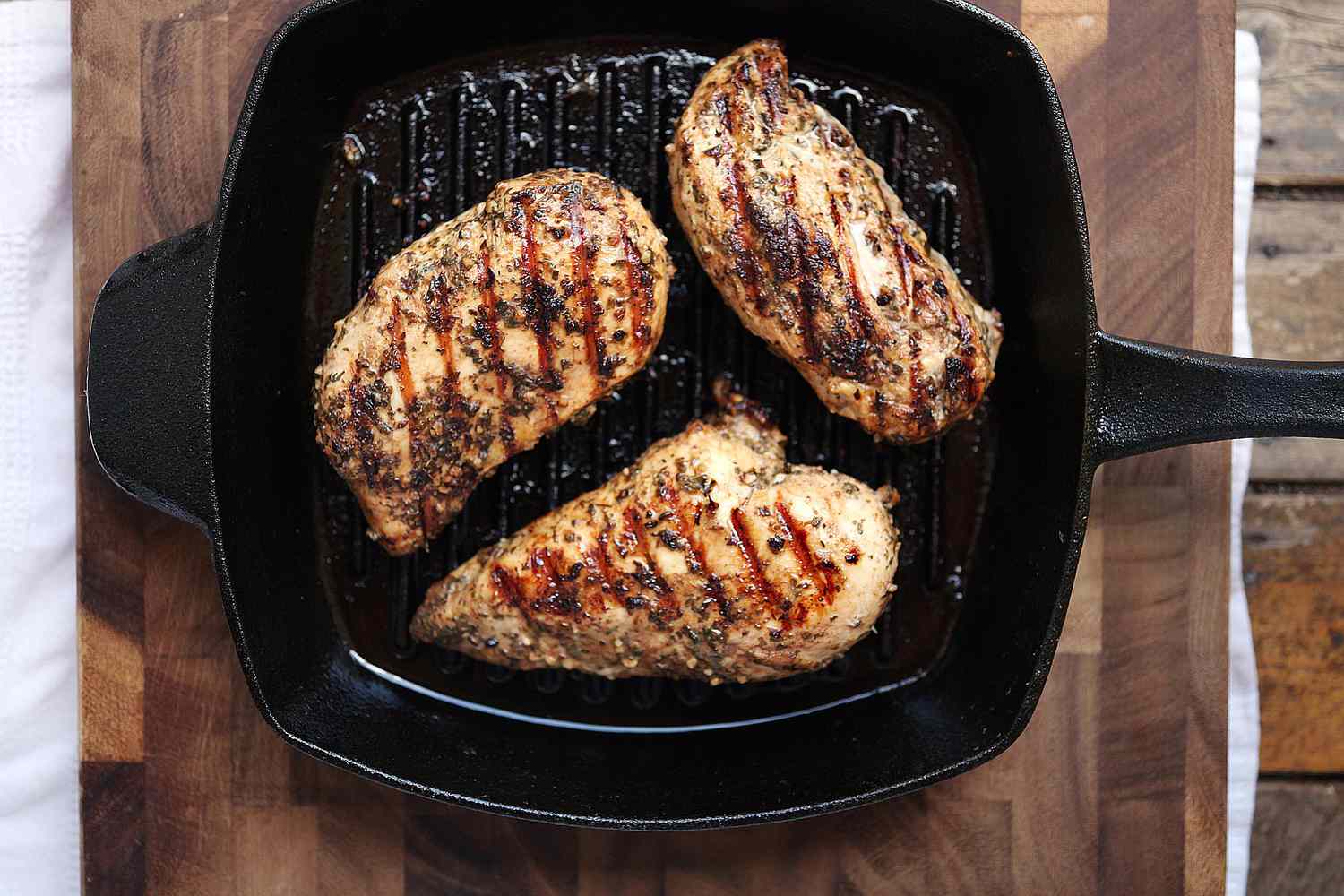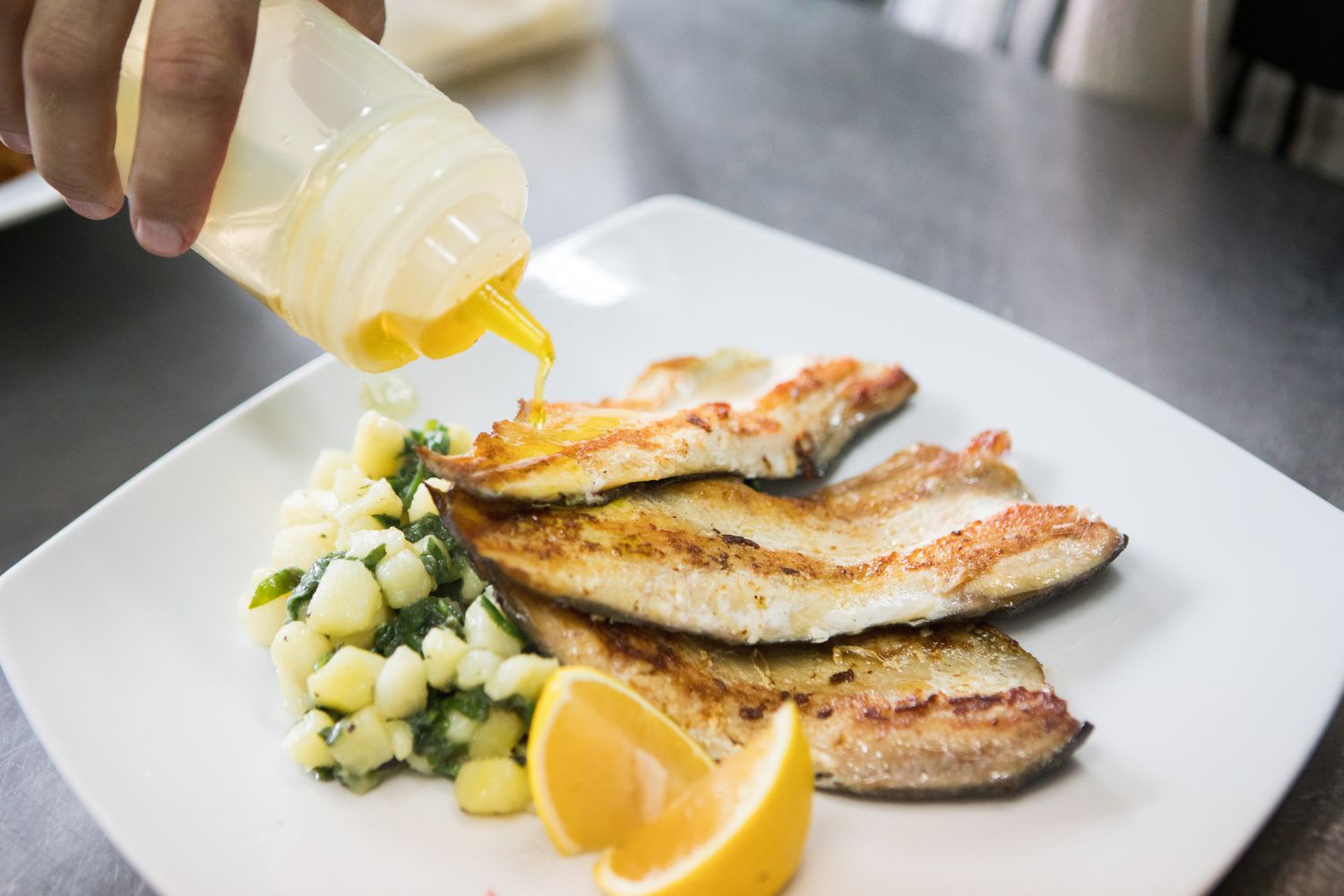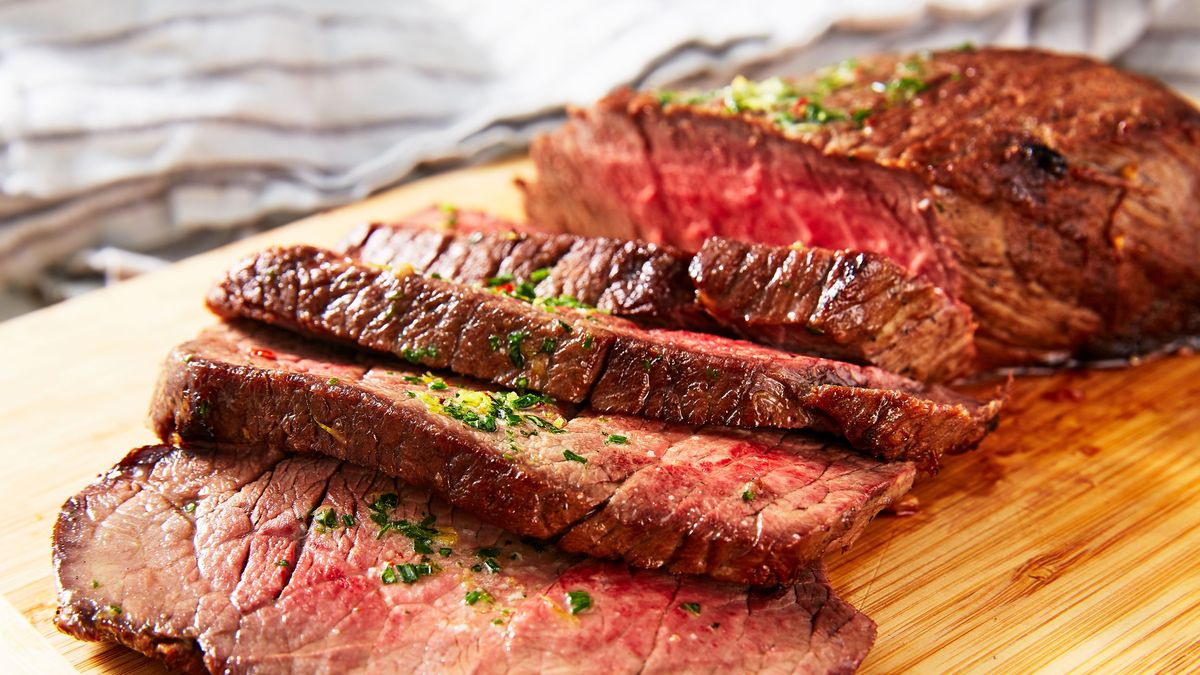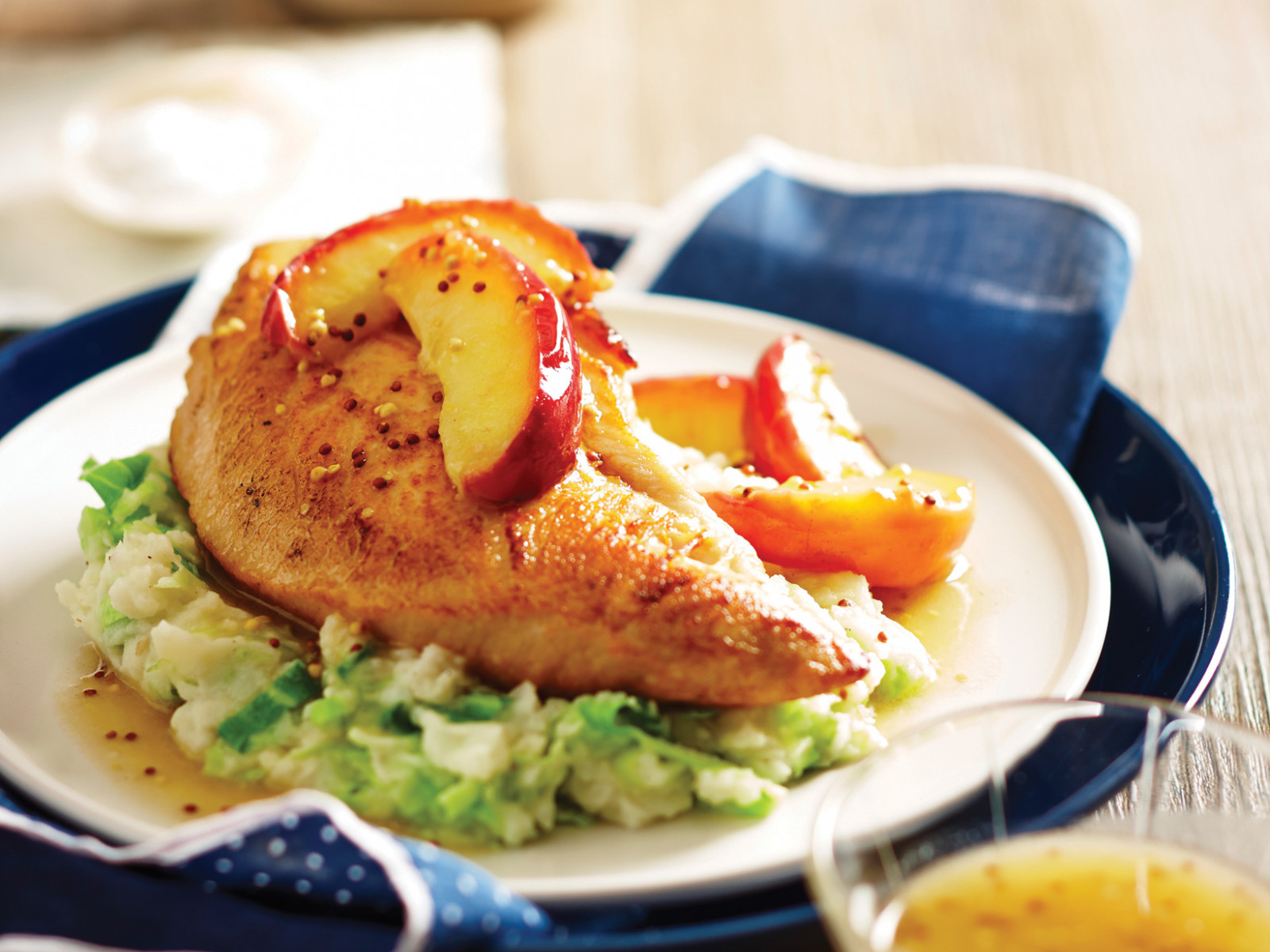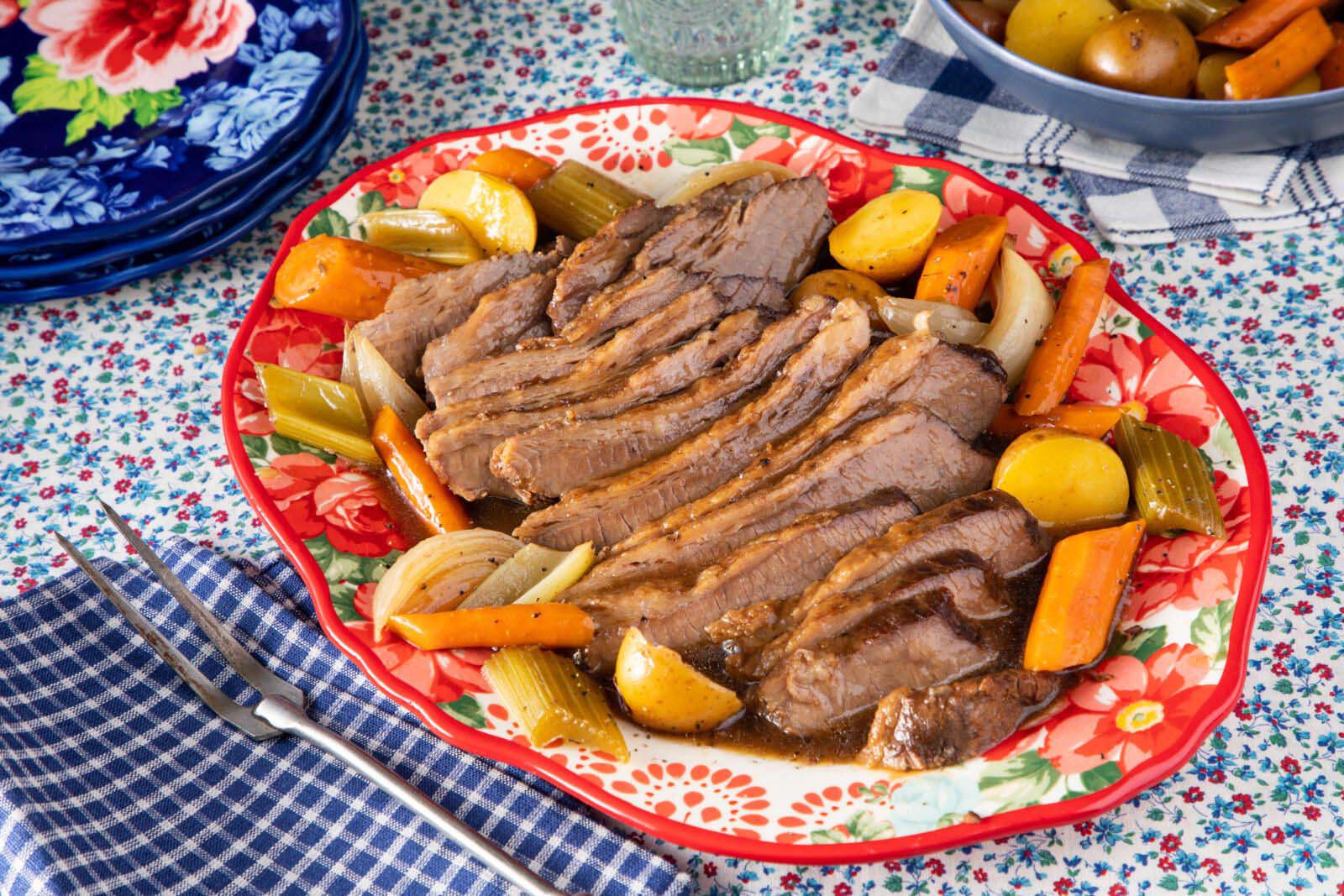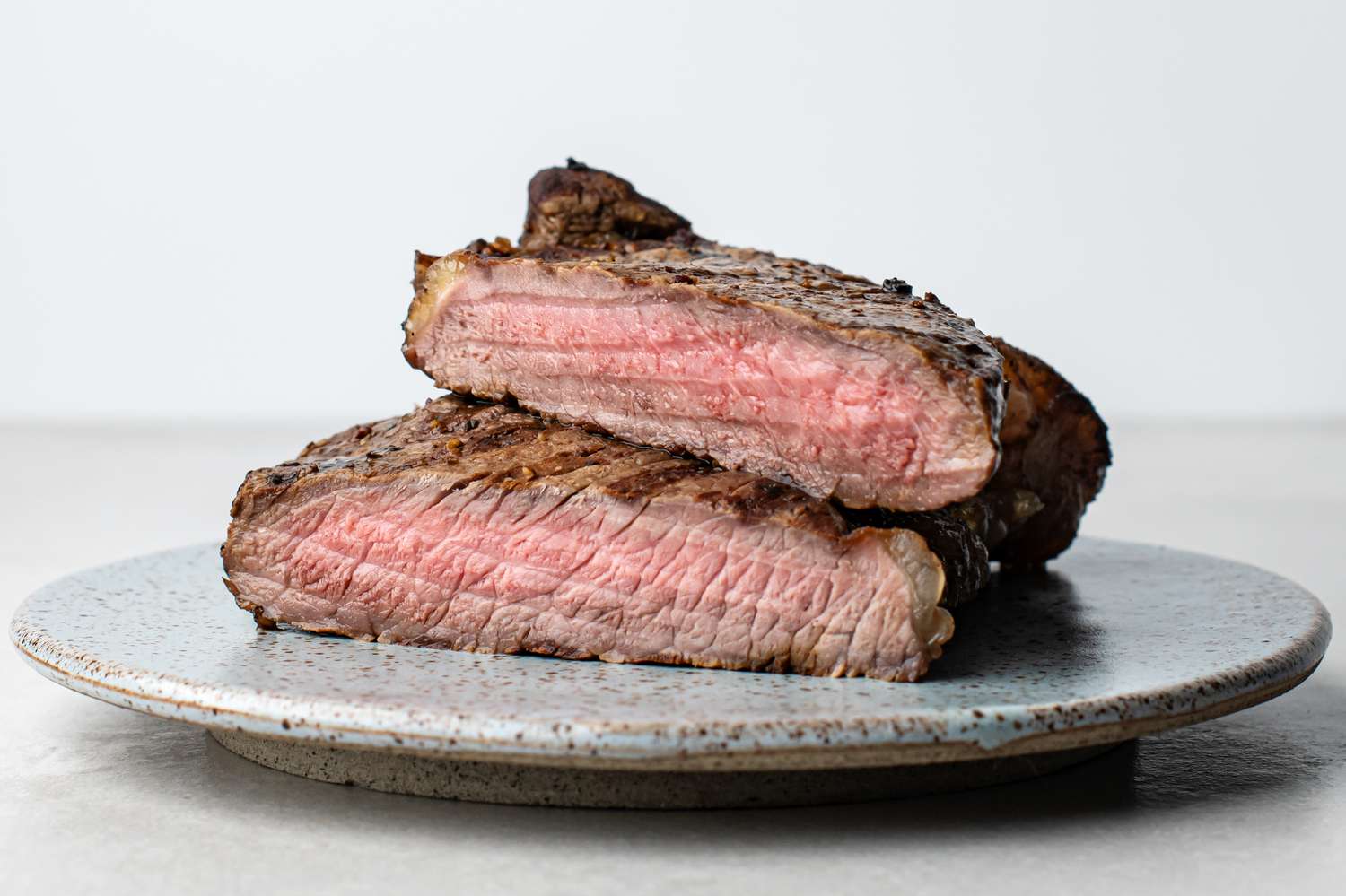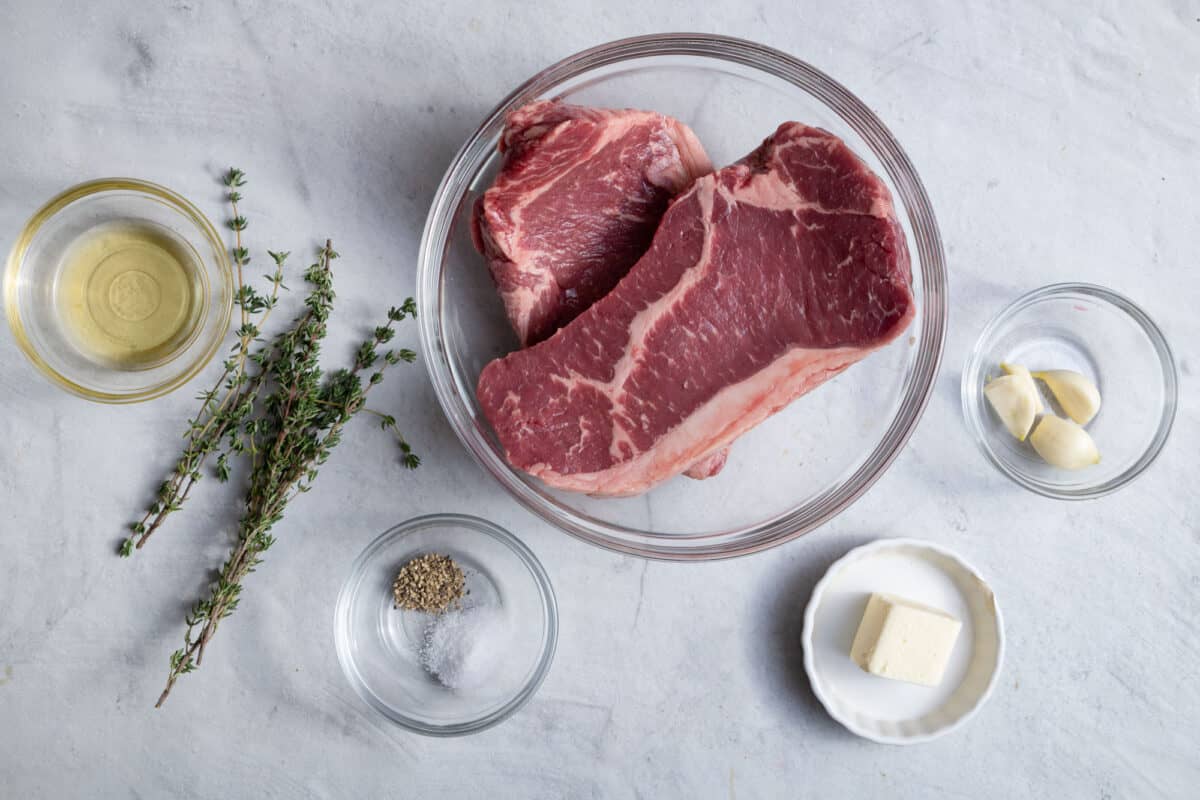Master the Art of Cooking Salmon in an Instant Pot
If you’re a fan of salmon, then you know that it can be a versatile and delicious addition to any meal. But did you know that you can easily cook salmon in an Instant Pot? Yes, it’s true! With the help of your trusty Instant Pot, you can achieve perfectly cooked salmon every time, without any fuss or hassle.
Why Cook Salmon in an Instant Pot?
Using an Instant Pot to cook salmon offers several advantages:
- Time-saving: Cooking salmon in an Instant Pot is quicker than traditional methods. In just a matter of minutes, your salmon will be cooked to perfection.
- Tender and moist: The sealed environment of an Instant Pot helps retain the moisture and succulence of the salmon, resulting in a tender and flaky texture.
- Flavor infusion: The pressure cooking process allows the salmon to absorb the flavors of the herbs, spices, and sauces, enhancing its taste.
- No-fail cooking: With precise temperature control and automatic timer settings, you can be confident that your salmon will be perfectly cooked every time you use your Instant Pot.
Step-by-Step Guide to Cooking Salmon in an Instant Pot
Now that you know why cooking salmon in an Instant Pot is a game-changer, let’s dive into the step-by-step process:
- Select the right cut: Start by choosing a fresh, high-quality piece of salmon. Opt for skin-on fillets or whole salmon steaks for better flavor and texture.
- Prep the salmon: Gently rinse the salmon under cold water, then pat it dry with a paper towel. Season the salmon with your desired herbs, spices, and marinades for added flavor. You can try a delicious combination of lemon zest, dill, garlic powder, and salt.
- Preheat the Instant Pot: Select the “Saute” function on your Instant Pot and allow it to heat up. Once hot, add a small amount of oil or cooking spray to prevent sticking.
- Sear the salmon: Place the seasoned salmon fillets or steaks skin-side down in the Instant Pot and sear for 2-3 minutes to create a golden and crispy skin. This step is optional but adds an irresistible texture to the final dish.
- Add liquid: Pour in a flavorful liquid such as vegetable or chicken broth, white wine, or even a citrusy sauce to enhance the taste of your salmon.
- Pressure cook: Secure the Instant Pot lid and set the pressure to “High” for 3-4 minutes. The cooking time may vary depending on the thickness of the salmon fillets or steaks. For a general rule of thumb, cook for 3 minutes per ½ inch of thickness.
- Natural pressure release: Once the cooking time is complete, allow the pressure to release naturally for 5-10 minutes. Then, carefully use the quick release valve to let out any remaining pressure.
- Serve and enjoy: Gently remove the salmon from the Instant Pot and transfer it to a serving platter. The salmon should be perfectly cooked, moist, and flavorful. Serve it with your favorite sides, such as steamed vegetables, rice, or a fresh salad.
By following these simple steps, you can become a pro at cooking salmon in an Instant Pot. Feel free to experiment with different seasonings and sauces to create unique flavors that suit your palate.
Conclusion
With an Instant Pot at your disposal, preparing delicious salmon dishes has never been easier. The convenience, speed, and consistent results make it a must-have kitchen gadget for any seafood lover. So why not give it a try and unlock a world of flavorful possibilities with salmon cooked to perfection in an Instant Pot?
Happy cooking!
Was this page helpful?
Read Next: How To Cook Green Bell Peppers
